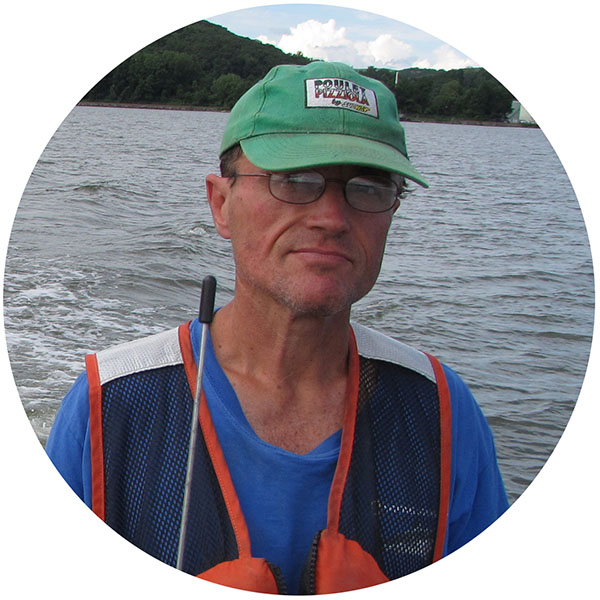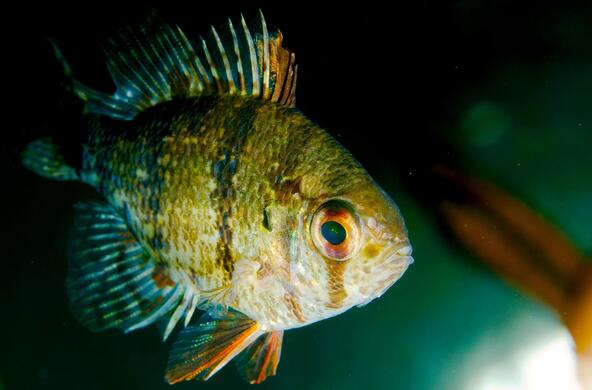Gov. Andrew Cuomo's recent State of the State announced a $300 million plan to reimagine the Erie Canal. It includes $135 million for research recommended by the Reimagine Task Force, which recognizes the canal's role in spreading costly and destructive aquatic invasive species in New York. We strongly urge exploration of the complete array of solutions to stop the flow of invasive species throughout the canal system.
Invasive aquatic plants, animals, and diseases cost millions annually and threaten infrastructure, water quality, recreation, fisheries, property values and native wildlife. It is cheaper and more effective to keep invasive species out than try to eradicate them once established. Given the enduring and expensive harm from aquatic invaders, the cost of maintaining the Erie Canal's connected waters must be weighed as seriously as its benefits.
Aquatic invaders already affect our rivers, lakes and streams. New arrivals from the Midwest threaten to worsen the situation. Attention now is on grass carp and Asian carp in or near the Great Lakes. Both would have serious consequences in the Hudson River, including hindering recreational boating and threatening the already-endangered shad fishery.
The task force should consider all invasive species control options, including replacing the natural barrier between the Great Lakes and East Coast watersheds. Disconnecting a portion of the Erie Canal would help prevent the movement of carp into New York and could prevent future invaders.
Such modifications need not destroy the canal's recreational or historic value. We must recognize that invasive species can also harm recreational uses of the canal and many other state waters.
We support an open, informed, civil debate about all potential approaches, to reimagine an Erie Canal that fulfills commercial and recreational needs while preserving and protecting freshwater resources in New York and beyond.
Avoiding future aquatic invasions is vital to protecting New York's freshwaters and the many services they provide. No one wants to say 10 years from now, when faced with damaged natural resources, "We didn't think it was worth planning a course of action."
Stuart Findlay is an aquatic ecologist with the Cary Institute of Ecosystem Studies. Also contributing to this piece were Dave Strayer of the Cary Institute, John Waldman of Queens College, and Karin Limburg of the SUNY College of Environmental Science and Forestry.






